Your vital organs—screened
Scan your body for potential cancer and 500+ conditions in up to 13 organs.




Our scan is designed to















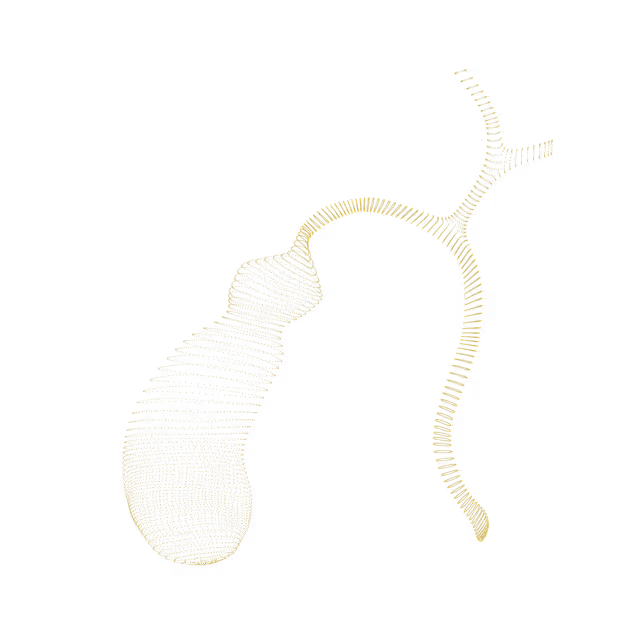
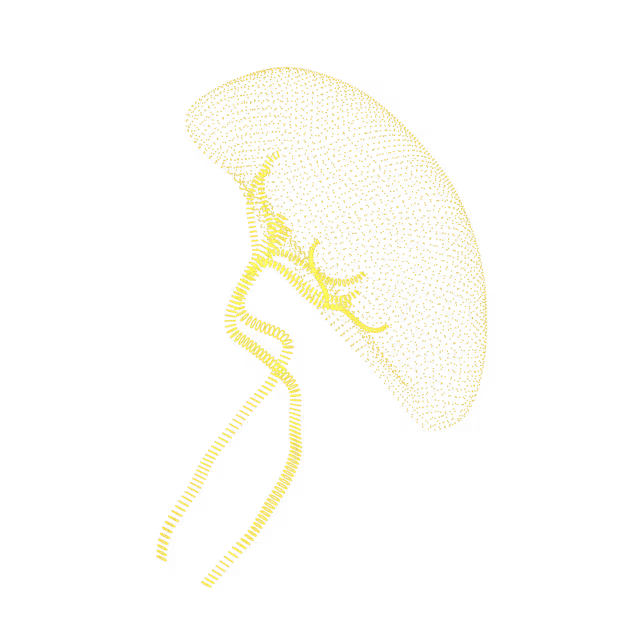

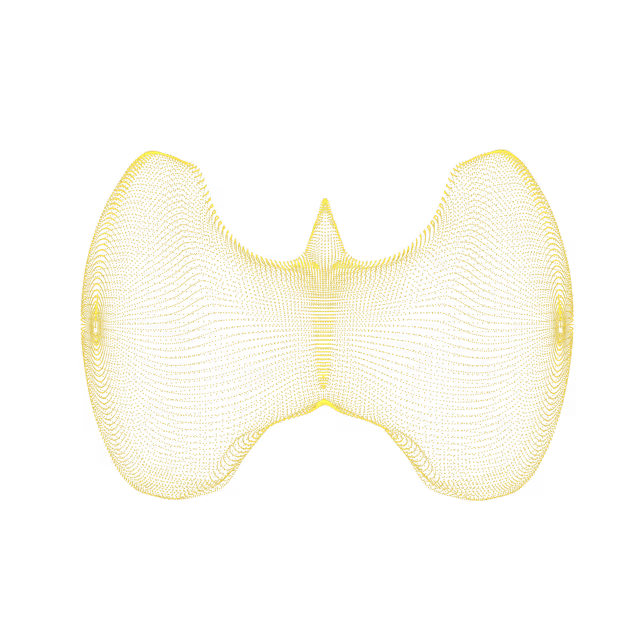

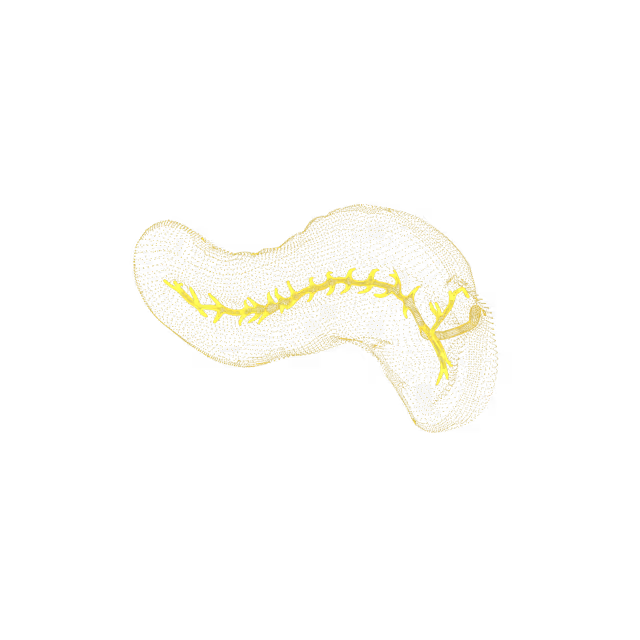
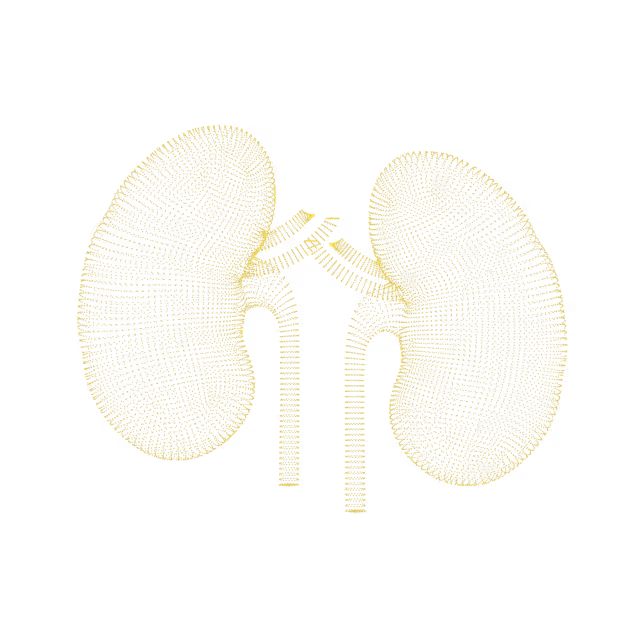
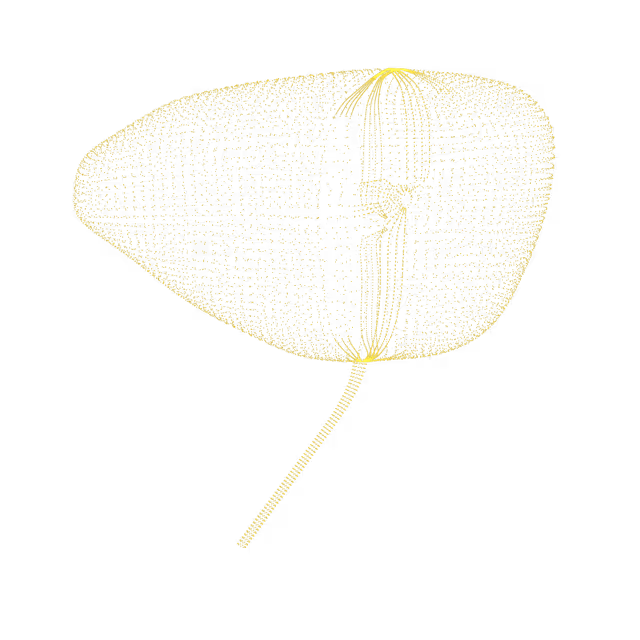
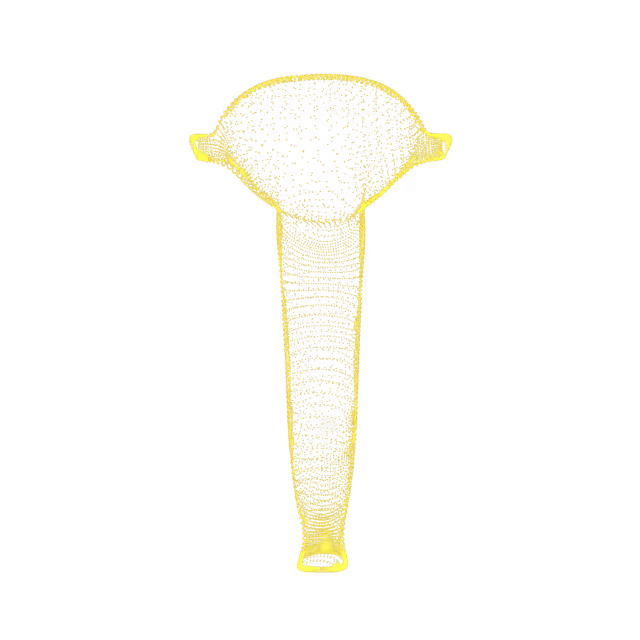
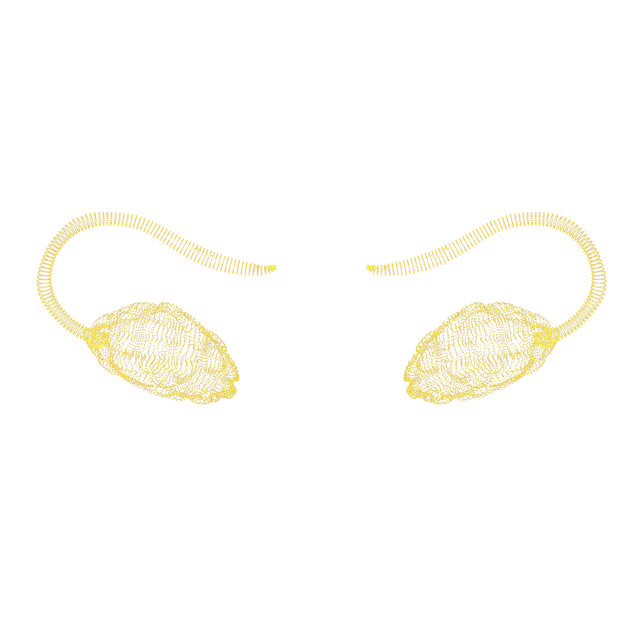
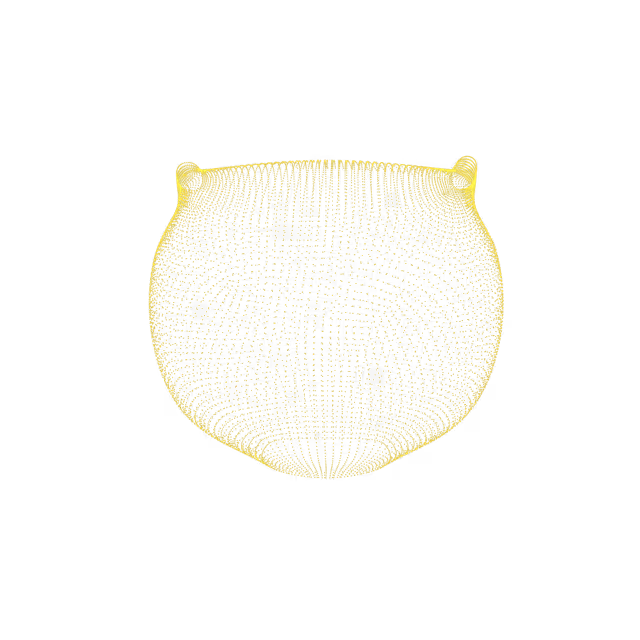

An acoustic schwannoma (also known as acoustic neuroma or vestibular neuroma) is a benign tumor that develops around a nerve in the inner ear. This tumor grows around and compresses either the auditory (cochlear -for hearing) or vestibular (for balance) nerves leading from your ear to the brain.
A demyelinating disease is any condition that causes damage to the protective covering (myelin sheath) that surrounds nerve fibers in your brain, the nerves leading to the eyes (optic nerves) and spinal cord. When the myelin sheath is damaged, nerve impulses slow or even stop, causing neurological problems.
A brain lesion is an abnormality seen on a brain-imaging test. A brain lesion may involve small to large areas of your brain, and the severity of the underlying condition may range from relatively minor to life-threatening. These lesions will need further work up to for a diagnosis.
A pulmonary or lung nodule is a “spot” seen on chest imaging. This can be caused by infection, scarring or lung cancer.
Cancer that forms in tissues of the lung, usually in the cells lining air passages. The two main types are small cell lung cancer and non-small cell lung cancer. These types are diagnosed based on how the cells look under a microscope.
Pituitary tumors are unusual growths that develop in the pituitary gland. This gland is an organ about the size of a pea. It's located behind the nose at the base of the brain. Some of these tumors cause the pituitary gland to make too much of certain hormones that control important body functions. Others can cause the pituitary gland to make too little of those hormones. Most pituitary tumors are benign.
Thoracic endometriosis is a rare condition that happens when endometriosis patches grow on or around the lungs. This can cause shortness of breath, chest pain, cough, and in some cases, a collapsed lung.
Breast calcifications (hard, dense, calcium deposits within the breast) appear as white spots on imaging.
An enlarged heart (cardiomegaly) refers to a heart that is bigger than normal. This condition may be seen on imaging (e.g. MRI, CT) in individuals with an underlying condition (e.g. high blood pressure, coronary artery disease, inherited disorders, cardiomyopathy) that causes the heart muscle to become thicker or a condition that causes one of the chambers of the heart to dilate, making the heart larger.
The heart has 4 main chambers - 2 atria, one that receives blood from the body and another from the lungs, and 2 ventricles, one which pumps blood to the body and the other to the lungs. The left ventricle appears enlarged (hypertrophy). Causes of left ventricle enlargement include: “normal” athlete’s heart, high blood pressure, aortic valve stenosis and hypertrophic cardiomyopathy.


© 2025 Ezra